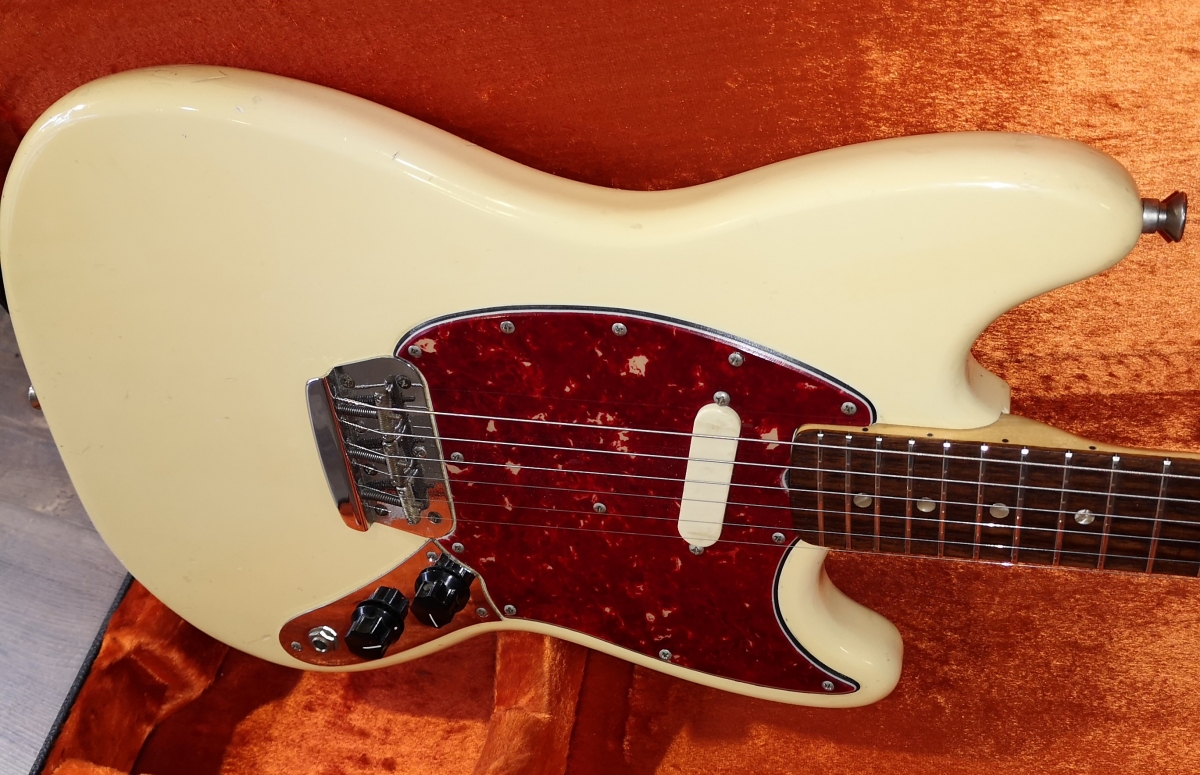

I have had mystery issues be something as minor as this.

Oh, and now that I'm thinking about it, do check your pots as well, hit them with good quality De-oxit contact cleaner. Chances are it's good but you never know. 01 connected to the anode of the 12ax7 (either pin 1 or 6). But like I said, if this is a recent phenomenon I would check your signal cap, the. If you have a look at a Musicmaster Bass Amp schematic and a Deluxe 5E3 first thing to notice is the cap values. The tone stack in these does tend to roll a lot more highs off than your typical Fender amp. If it's a recent problem the first thing I check is your preamp tube, next would be your signal caps. With regards to the tone control sounding funny, I'm assuming you are using this for a guitar amp?Īnd the problem just developed or was it odd in the first place? And yes, these do sound good stock and I'm a fan of the CTS speaker.

I don't bother with the Variac, no need really.
#Musicmaster bass amp update#
No biasing required.Īh! Thanks for the correction! I'll update it. And, you can just buy a pair of tubes and drop them in. The later ones used 6V6 tubes, I think these sound more English than a 6V6 model. These amps can be a real treat for those on a budget or those who just like a wonderful tone!Īnother nice thing about these is they use the rather easy to find 6AQ5 tube. Great amp for a jazz player who doesn't need fusion volume.
#Musicmaster bass amp series#
The customer will be replacing the speaker, I would go with a Weber English series or a real Celestion. Think 18 Watt Marshall with a $300 pricetag. Jangly top end with that nice euphonic mid. If I drop a new one in there this either sits around my tiny space or becomes sea turtle food eventually. I could sell the customer a new cap here but why? This one is perfectly good and I'm a reduce reuse recycle kind of guy. I’ve used it for bass live with small combos and for recording with great success.I'm using a 250pf cap for the highs and if you notice, I'm re-using that. I’ve also found that with the speaker swap (I’m using a RI Jensen C12N) it can be a very nice, musical small bass amp after all. This could be in part because it has a tad more headroom because of its solid state rectifier. I have a 1964 Fender Princeton that I LOVE but in all honestly this Musicmaster gets more use.

I use this for nearly all of my non-full-bore rock stuff. The whole thing resides in a Champ chassis and it is super easy to “grab it and go”. It also utilizes a transformer for a phase inverter. It puts out 12 or so watts using – depending on version – either 2 6AQ5 or 2 6V6 power tubes with one 12ax7 for the preamp. On the other hand, outside of the context of a bass amp this thing is pretty awesome. My guess is that this amp was the source of great disappointment and frustration for a lot of fledgling bass players trying to sit in with other fledgling rockers. The stock speaker and power transformer are equipped to do nothing but complain when you plug a bass in and turn it up. It’s a pretty odd amp but when you consider who it was marketed at – the beginner bass player – it’s even odder. MMB guts factory stuffed inside a Champ chassis. I replaced the speaker, the filter caps and other electrolytics, added a fuse and fuse holder, removed the little blue “death cap”, and rewired the power cord. It was 100% original including the cheap, leaking filter caps. This Musicmaster bass amp came to me as part of a trade for some amp repair and restoration I did for a friend.


 0 kommentar(er)
0 kommentar(er)
